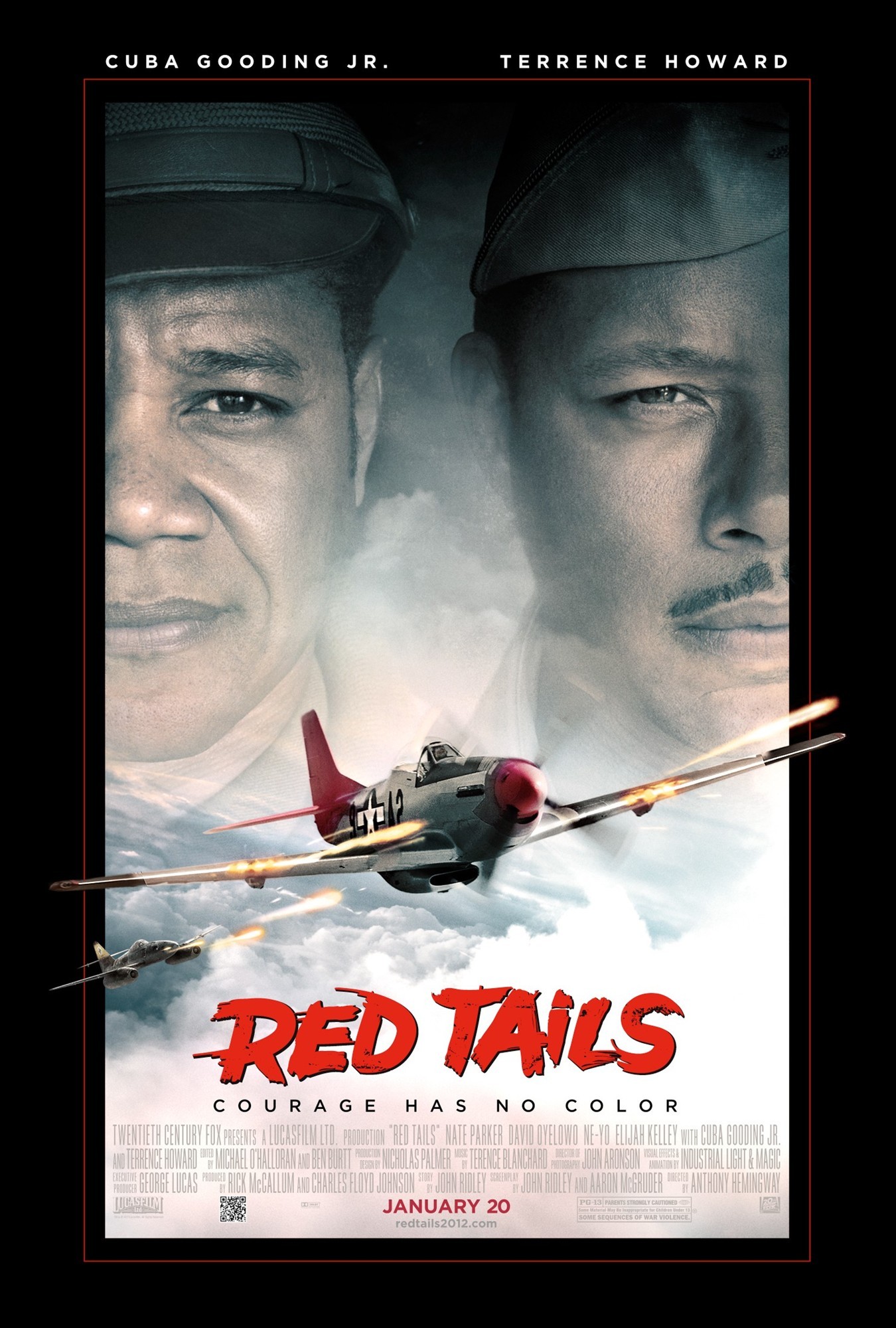

at the war’s end, they encountered the same racial discrimination and exclusionary practices they experienced prior to their service. In spite of their heroics, when the airmen returned to the U.S. By the end of the war, the 332nd had proved their flying skills well beyond the expectations of many in the military’s leadership and were among the most decorated squadrons within the U.S.

Here the 332nd received North American P-51D Mustangs and began painting the tails red to distinguish their aircraft from those of other squadrons. After missions in North Africa and the Mediterranean, they joined the 332nd at Ramitelli, Italy, to provide fighter escort for heavy bomber missions deep into Europe. Later, the all-Black 332nd Fighter Group was formed, which consisted of the 101st, 301st, and 302nd fighter squadrons. With war imminent in 1941, the first all-Black military unit was created-the 99th Pursuit Squadron. A total of 992 pilot candidates graduated from the rigorous flight training schedule, including five Haitians, four Native Americans, one Trinidadian, and one aviator born in the Dominican Republic. After decades of persistent advocacy by Black groups and newspapers, an experimental aviation training program was initiated at Alabama’s Tuskegee University in 1940. Similar prejudiced viewpoints within commercial aviation prevented Black people from working in the airlines. Until their formation, racist conclusions drawn from a 1920s War Department study prevented Black aviators and airmen from serving in the U.S. The Tuskegee Airmen were a group of primarily African American pilots and airmen who fought in the U.S. Red Tails at Ramitelli: The Tuskegee Airmen in 1945


 0 kommentar(er)
0 kommentar(er)
